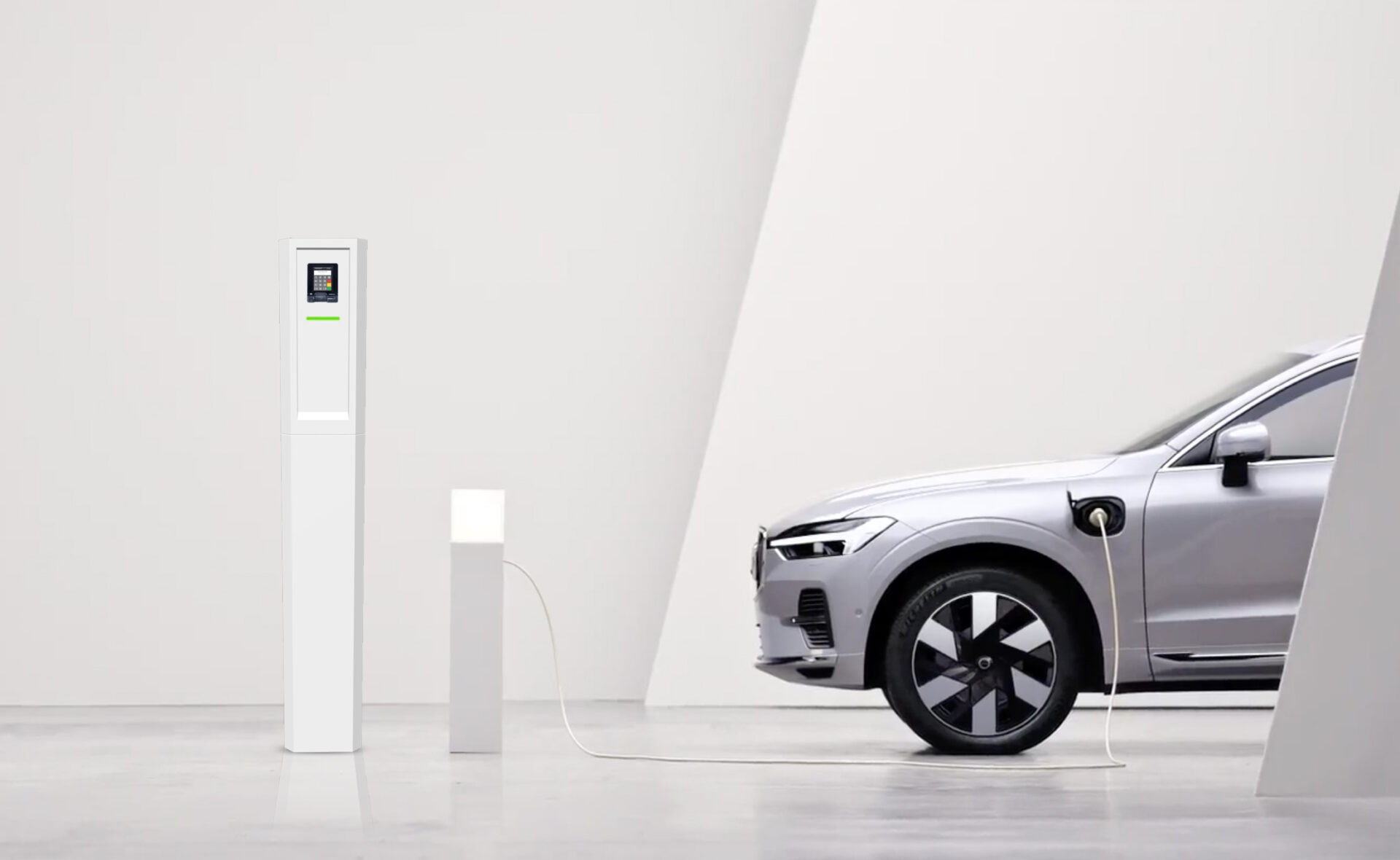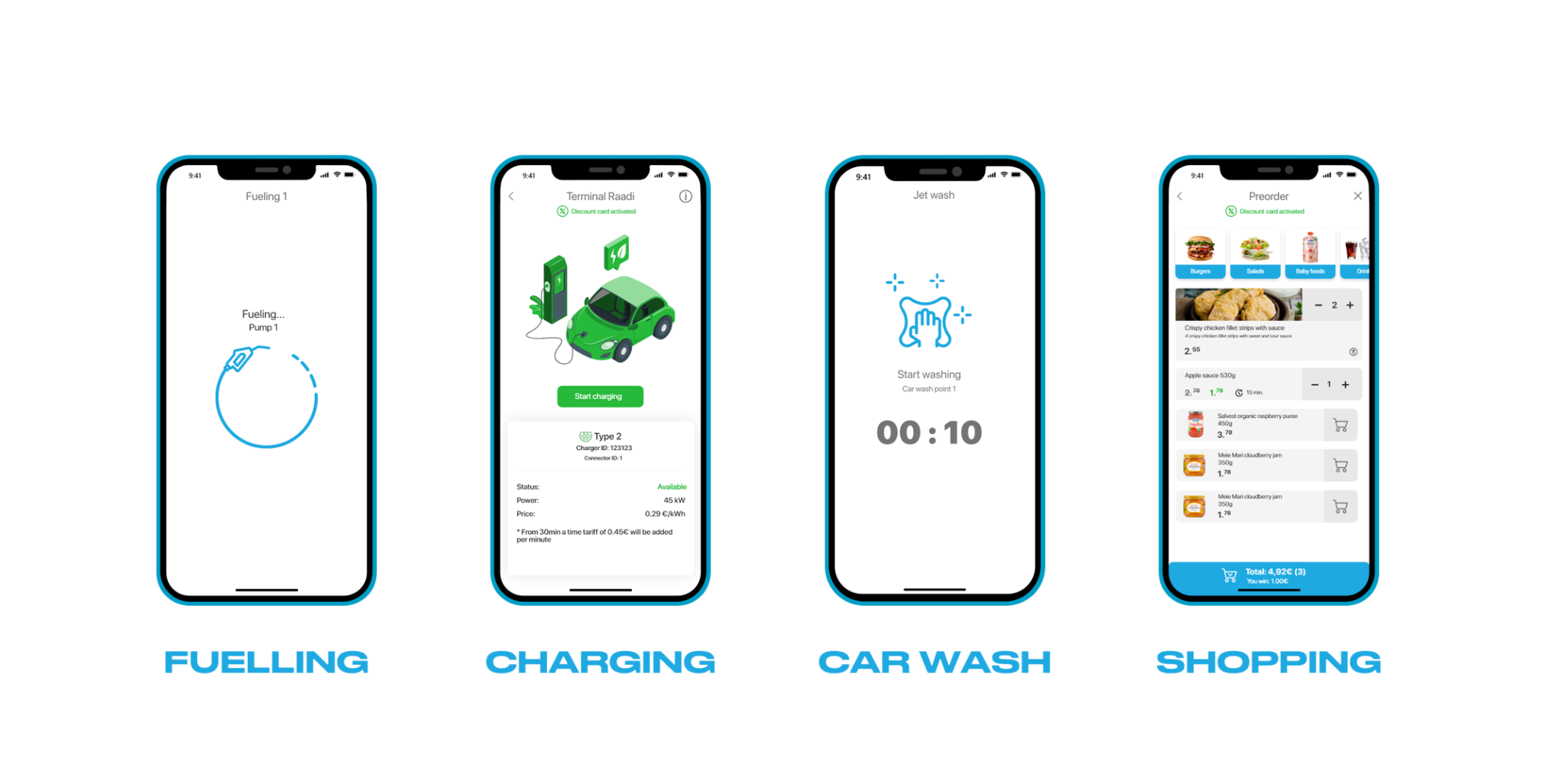
What can we expect this year in our industry? 2022 began full of expectations as COVID restrictions began to wind down, and we finally believed that life could return to normal. Unfortunately, the war in Ukraine, whilst not entirely unexpected, still shocked the world, especially in the 21st Century, where we honestly believed these sorts of things would be behind us.
With rising fuel prices, the ongoing chip crisis, and a world which suddenly had to decide where they stood on this new stage, it became a year of what if?
We enter 2023 not with the child-like excitement of potentially good things but with the knowledge that we need to make a good impact ourselves. We go in with news of a looming recession, which will impact at least a third of the world’s population, with information that whilst China is opening up, their COVID situation is anything but improving.
Economists spent years touting the BRIC countries as being our future. None except China have met economist expectations, and should China continue on the course it is on, then it will soon find itself going backwards. So, with that in mind, what can we expect this year in our industry?
Predictions on the number of electric cars on the road are not realistic. The overall cost of EV cars is not really coming down (let’s be honest, the more affordable brands are far from affordable for most), and charging prices are not as low per kilometre as expected, and in some locations, even more expensive than petrol.
The charger situation on the market today could be better also. At the IFSF Conference in 2022, it came out that the failure rate of chargers is around 50% in some locations, whether caused by vandalism or simply because the quality is not there yet.
Thankfully, companies such as Kempower are bringing in the quality, but it’s going to take time to get that network out to the world.
Tesla already solved this by opening up their charger network to all, right? Well. The latest reports have been about the enormous queues of cars waiting to charge over the Christmas break. For example, a Welcome Break service in the UK saw 3-4 hour waits.
Customers are already dissatisfied with the high number of charging apps out there, and the few mainstream unified apps out there are neither user-friendly nor retailer-friendly, with many paying retailers after 30 days.
Retailers need to look to better-unified apps, like Cloudics for EV, to solve these problems.
Additionally, new upcoming regulations in the European Union will also demand card payment solutions for EV chargers. Retailers will be forced to either look at expensive in-charger solutions or look towards unified terminals that can cover multiple operators and types from one kiosk. 2023 will be the year Cloudics releases a kiosk for just this purpose.

We were on a good track, whereby people demanded fresh food, making smaller shops on a more regular basis. Unfortunately, the downturn in the economy will probably slow that down.
People have turned to big-box retailers and discounters whenever economies have stalled to deal with the financial impact.
If convenience retail slows, then retailers will need to make up the shortfall. Luckily, there are ways for retailers to deal with this and to prepare for the recovery.

Mobility hubs, places to fuel, charge, or go to the gym, shop, eat, relax – heard any of this recently? Okay, let’s take a step back for a moment.
Sure, shopping and entertainment centres exist and have existed for some time. Will this be mixed with places to charge? Sure, anywhere a plug socket and a fat cable can be placed can become a charging hub.
But will the forecourt of the future be also from the past? We trust projections, but we also deserve honesty.
We can say that there will be second-hand cars regardless of the outcome, and this may be the idea behind the actual future of the energy hub. Most customers still want to drive petrol and diesel cars, and we, as retailers, need to make sure that we are doing our part to make sure our customer’s vehicles continue to run clean and green.
In 2023, petrol and diesel will still be around, and the global environment and the problems with China may highlight the need to rethink our future fuel.
Could it be a better battery? Could it be hydrogen? Could it be something different? In 2023, this will be an essential question to ask for more than one reason.
We need to reduce our reliance on fossil fuels, but that can’t mean dependence on something just as bad.
Whatever the plan, the Cloudics all-in-one app will be ready for whatever comes next.

The world is heading for recession; the question is, for how long?
However, SaaS and the cloud did not exist in the past recessions, at least not like today.
In past recessions, capital expenditure was cut, and hardware use was prolonged for as long as possible.
With SaaS, that is no longer an issue. You can safeguard your business from a technology perspective, reduce capital expenditure costs, and reduce service costs.
From the energy station concept to EV charger hubs to subscription services for customers, retailers must find ways to adjust their business models in order to remain successful.
As companies prepare themselves against possible recessionary cycles, SaaS solutions can help them reduce capital expenditure costs while ensuring they have the technology needed when things start looking up again!
Regarding any questions, contact us:
info@cloudics.com
+372 628 0000
Cloudics
Future of Cloud-based Solutions!
You can watch a quick 1-minute video here on how Cloudics works.